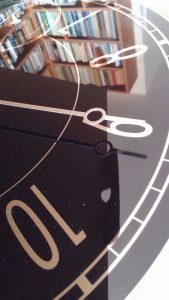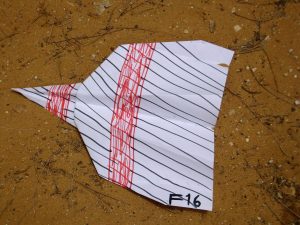Full Title – Pondering the “Periodic Table of Teacher Elements” that make up a teacher’s life

(Naomi’s Photos)
The spark for this series of posts was ignited by reading the book “The Periodic Table” by Primo Levi. That book is unique, fascinating and powerful. These posts do not even attempt to hold a candle to the book, which I highly recommend reading.
Nonetheless, the idea of exploring elements that make up a teacher’s life took hold…
*** Title inspired by Joan Baez’s song: “Diamonds and Rust”, 1974.

Diamonds are those moments when…
… a student’s face lights up with the joy of comprehension.
… a student uses what we have just taught on his /her own initiative.
… a student is eager to learn more.
… we realize that the way we presented / planned / constructed our lesson was just what the students needed to grasp the issue and move a step forward.
Rust takes hold the minute you decide that since that particular mode of presenting the material was such a success, you will always teach it that way, regardless of context, the years that have gone by and the ever-changing needs of different students. If the fact that diamonds no longer sparkle during the lessons escapes you, than the rust is truly entrenched.
Note: One good strategy for Rust Removal is to have a student teacher (a teacher-to-be) in your class. The need to explain why you do what you do is a terrific rust detector.
Additional Note: Attending a teacher’s conference will enable you to meet other teachers who also swear by their methods for mining for diamonds. Taking in some of that collective knowledge provides powerful rust-removal polish.
Final Note: Diamonds are also those moments in the hallway (and outside of school) when the students are happy to see you…



